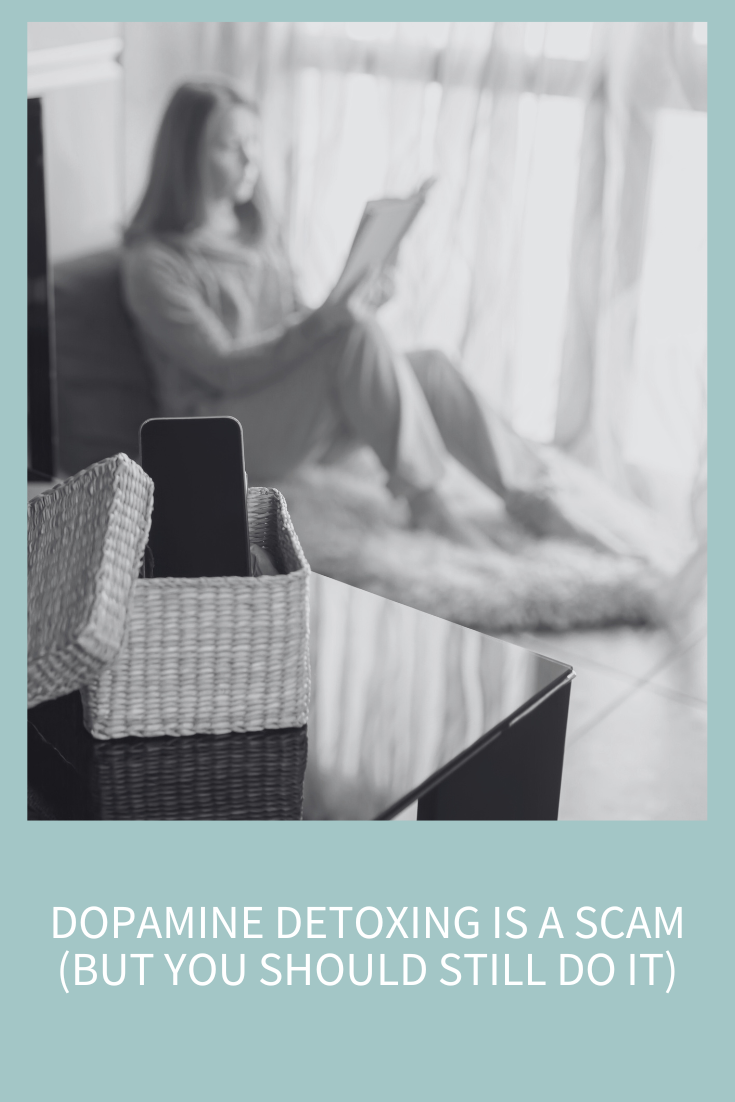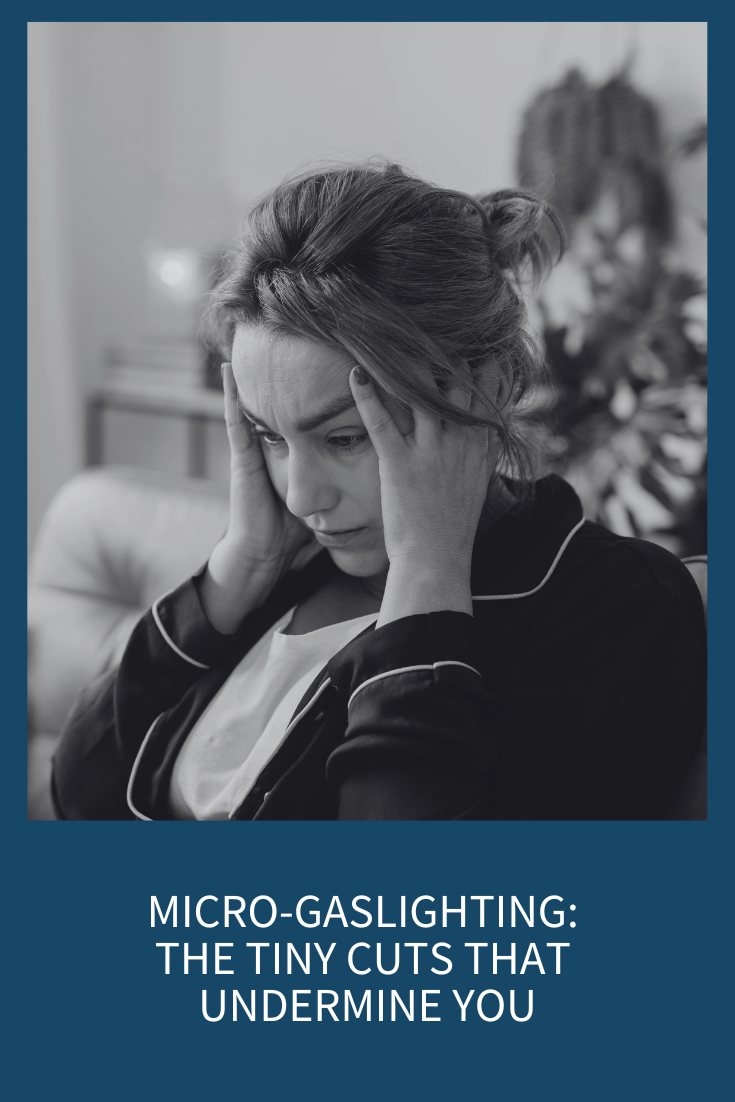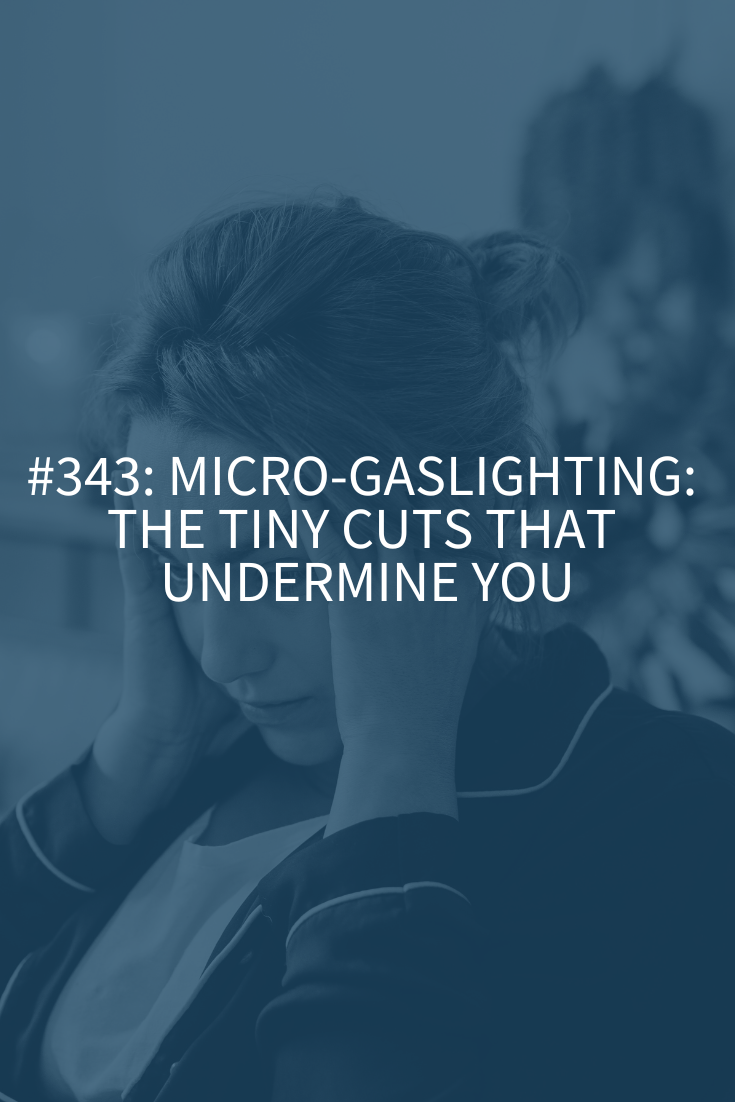
In today’s fast-paced digital world, the concept of “dopamine detoxing” has gained traction as a method to reset our brains from constant stimulation. But what exactly is dopamine detoxing, and does it hold any scientific merit? Today, we’ll delve into the science behind dopamine, debunk the myths surrounding dopamine detoxing, explore how modern motivations hijack your brain’s reward system, and then I’ll give you actionable strategies to recalibrate your relationship with dopamine and your world so you can feel more peaceful, serene, and content.
9-minute read
Understanding Dopamine: Beyond Pleasure
Dopamine is a hard-working neurotransmitter (aka: one of your brain’s chemical messengers). You’ve heard of it because it’s known as one of the “feel good” neurotransmitters, but that description really oversimplifies and misses the mark.
Dopamine is front and center because it plays a huge role in your motivation, reward, learning, mood, and attention. It governs your anticipation and pursuit of rewards, not necessarily the enjoyment of them. Think of dopamine as the driver that pushes you to act, whether that’s reaching for your phone, eating a cookie, or finishing a work project.
This powerful chemical helps reinforce behaviors that are evolutionarily beneficial, like eating, sex, and social interaction. And that would be fine if it were thousands of years ago. But today’s modern world offers constant, artificial dopamine triggers: likes on Instagram, internet porn, processed snacks, online shopping, and addictive video games. These easy-access, high-reward activities dysregulate your brain’s reward system, encouraging you to prioritize instant gratification over meaningful, long-term goals. In other words, you feel pulled to do the things you shouldn’t instead of the things you think you should, and you wonder why it’s so hard to stay motivated towards your goals.
The Misconception of Dopamine Detoxing
The idea of “detoxing” from dopamine is fundamentally flawed. You can’t detox from dopamine the way you might from cocaine or alcohol because dopamine is essential for your brain to function. The confusion stems from a behavioral technique introduced by psychiatrist Dr. Cameron Sepah. His concept of “dopamine fasting” was never about reducing dopamine itself but about temporarily abstaining from overstimulating activities so you could regain control over compulsive behaviors.
Unfortunately, the internet twisted this practical behavioral reset into extreme, often absurd rituals, like sitting in silence for hours, avoiding eye contact, or not engaging in any pleasurable activity, as if dopamine were some kind of toxin to be purged. In reality, the goal is to become more mindful of your habits and regain balance (not to live without joy, stimulation, or an Oreo cookie).
The Science of Our New Dopamine Environment
One of the reasons modern life feels so overstimulating is that our brains are exposed to a level of dopamine-triggering stimuli that would have been unthinkable even 100 years ago. Our ancestors experienced dopamine surges in response to relatively rare, biologically relevant events like finding food, securing social connection, and escaping danger. Today, we can experience those same surges every few minutes thanks to technology and mass consumerism.
Studies have found that modern activities like social media use, processed food consumption, and binge-watching content activate the mesolimbic dopamine system at levels comparable to those activated by drugs of abuse, although to a lesser degree. It’s the sheer frequency and intensity of these activations that make them so problematic.
When dopamine spikes become a regular part of our daily lives, our brain adapts by downregulating dopamine receptors. This means that over time, we require more stimulation to feel the same sense of reward, a phenomenon known as tolerance. This is why you might find yourself watching more videos, eating more sugar, or spending more money just to feel normal. These changes aren’t just psychological, they’re structural. Yes, you heard that right. You’re actually changing the real estate of your brain with these activities. Brain imaging studies show that consistent overstimulation can reshape neural pathways, prioritizing short-term rewards over long-term thinking.
This is why it’s harder than ever to focus, be patient, or even enjoy the simple things, because our baseline for stimulation has been unnaturally elevated. A walk in nature or a quiet conversation might have been deeply satisfying in 1925. In 2025, it competes with TikTok, Grubhub, and dopamine on demand.
The Impact of Modern Stimuli on Dopamine Pathways
Our brains are wired for efficiency and survival. When we repeatedly engage in behaviors that provide quick dopamine hits, our brains learn to crave those actions. Over time, this reinforcement leads to strong neural pathways that favor instant gratification.
Consider how many times a day you unconsciously reach for your phone. Maybe you check texts during meetings, scroll social media in bed, or play a mobile game while watching TV. These behaviors aren’t inherently bad, but they’re often automatic and compulsive. They reinforce shallow, short-term pleasure at the expense of focus, creativity, and deeper relationships.
Research shows that chronic overstimulation of the brain’s reward circuitry can lead to attention problems, emotional dysregulation, anxiety, and even symptoms resembling addiction. Dopamine itself isn’t the problem; it’s how we engage with all these things that artificially hijack the system. From ultra-processed foods to online gambling and algorithm-driven content, so many “modern” experiences are specifically designed to keep us hooked.
Six Ways We Overstimulate Our Brains
1. Social Media
Platforms like Instagram, TikTok, and Facebook are designed to capture and hold your attention. Every like, comment, or scroll delivers a small dopamine reward, training your brain to crave more. Over time, this constant digital feedback loop can lead to anxiety, depression, and difficulty concentrating, even affecting your real-life social connections.
2. Mobile and Video Games
Whether it’s Candy Crush or Call of Duty, games offer escalating rewards and intermittent reinforcement – think loot boxes, achievements, and levels. This taps into your brain’s reward circuitry in powerful ways. Some people report playing for hours without realizing it, skipping meals, or losing sleep to keep going.
3. Substance Use (Alcohol and Drugs)
Substances like nicotine, alcohol, and opioids trigger massive surges of dopamine. Unlike natural rewards, these substances bypass normal regulatory systems, leading to a “supernormal” response. Over time, the brain becomes less sensitive to everyday rewards, contributing to addiction and anhedonia (a lack of pleasure from things you used to enjoy).
4. Dietary Choices
High-sugar, high-fat foods, like chips, ice cream, and fast food, deliver quick hits of pleasure and are often consumed mindlessly. These foods can disrupt natural hunger cues, reinforce emotional eating, and even rewire taste preferences.
5. Sexual Behavior
Watching excessive pornography or seeking constant novelty in sexual encounters can dull natural arousal and intimacy. It may also impact self-esteem, relationship satisfaction, and even sexual function.
6. Shopping and Spending
Online shopping in particular combines ease, novelty, and reward. You browse, you click, and you get a package at your door! Dopamine spikes every step of the way. For some, this can lead to financial stress and compulsive buying habits.
Strategies for Behavioral Reset in Each Domain
Let’s get practical. A true “dopamine detox” isn’t about eliminating joy. It’s about rebuilding a healthier relationship with stimulation. So, let’s look at those six areas again, but with a new game plan.
1. Social Media
- Do a social audit. Use screen time apps to see where your attention goes. Unfollow accounts that leave you feeling anxious or not good enough.
- Schedule use. Allocate a specific time for social media (e.g., 20 minutes after dinner). Avoid using it first thing in the morning or late at night.
- Remove temptation. Turn off push notifications and keep apps off your home screen. Try grayscale mode to reduce the visual lure.
- Replace the habit. Keep a book or journal near your phone, so you have another “default” activity when the impulse to scroll strikes.
- Do not sleep with your phone near your bed. Get a real alarm clock.
2. Mobile and Video Games
- Set clear limits. Use app timers or screen locks to keep gaming under control.
- Do not take your phone into the bathroom or have it out at meals.
- Consider leaving your phone in your car or in another room when you’re working.
- Switch up your rewards. Find less stimulating but still satisfying activities like crosswords, journaling, or even building Lego models.
- Use gaming concepts for real life. Track your goals with streaks or levels. Reward yourself for completing chores or sticking to habits.
3. Substance Use
- Identify your triggers. Use a journal to track what emotions or situations push you toward substances.
- Swap rituals. Replace that glass of wine with a nightly walk, mocktail, or relaxing playlist.
- Seek help. If moderation is too hard, work with a therapist trained in cognitive behavioral therapy or addiction treatment. Medication-assisted therapies may also help.
4. Dietary Choices
- Eat mindfully. Take at least one meal a day to eat without your phone or distractions. Notice flavor, texture, and fullness.
- Plan better snacks. Stock up on options that offer nutrition and satiety (think nuts, Greek yogurt, or fruit).
- Acknowledge emotional eating. Before eating, ask yourself if you’re actually hungry or feeling something else (boredom, stress, sadness). Then choose what to do accordingly.
5. Sexual Behavior
- Take a break from porn or dating apps for 1–2 weeks. Track how your body and relationships feel.
- Rebuild real intimacy. If you’re partnered, prioritize eye contact, conversation, and slow physical connection over novelty or performance.
- Focus on emotional connection. Explore other forms of affection, like cuddling, cooking together, or writing notes to each other.
6. Shopping and Spending
- Install a waiting period. Don’t buy non-essentials for 24 hours. Often, the urge passes.
- Use cash-only days. Friction helps slow down impulsive buying.
- Tidy up. When the desire to buy strikes, spend 10 minutes organizing a drawer or cleaning your space. It grounds you and reminds you of what you already have.
Wrap Up
Dopamine isn’t the villain, it’s the messenger. It’s what drives us to survive, connect, and create. But when every moment is packed with synthetic highs, we start to lose our ability to focus, find meaning, and regulate our emotions. That’s when it’s time for a reset.
You don’t need to move to the woods or meditate in a cave. You just need to pause, reflect, and shift your habits with intention. Call it a dopamine detox, a behavioral reset, or just a tech break – it doesn’t matter. What matters is creating space for stillness, depth, and the kind of joy that doesn’t disappear the second you swipe away.
For the One Love Collective Community:
Tier I:
- Seven-Day Behavioral Reset Challenge
- Journaling Prompts: Discovering Your Dopamine Triggers
Tier II:
- Build Your Low-Dopamine Routine
- Dopamine Overdrive Quiz
- Dopamine Audit: What’s Draining Your Focus and Joy?
Tier III:
- Journal Your Way Back to Meaning
- The Dopamine Shift Tracker: 30 Days to Clarity, Calm & Real Joy
Buy the bundle to get all the above for only $8!
Resources for Dopamine Detoxing is a Scam (But You Should Still Do It)
Why We Eat Our Feelings: Understanding and Overcoming Emotional Eating
Berridge, Kent C. et al. Pleasure Systems in the Brain, Neuron, Volume 86, Issue 3, 646 – 664







